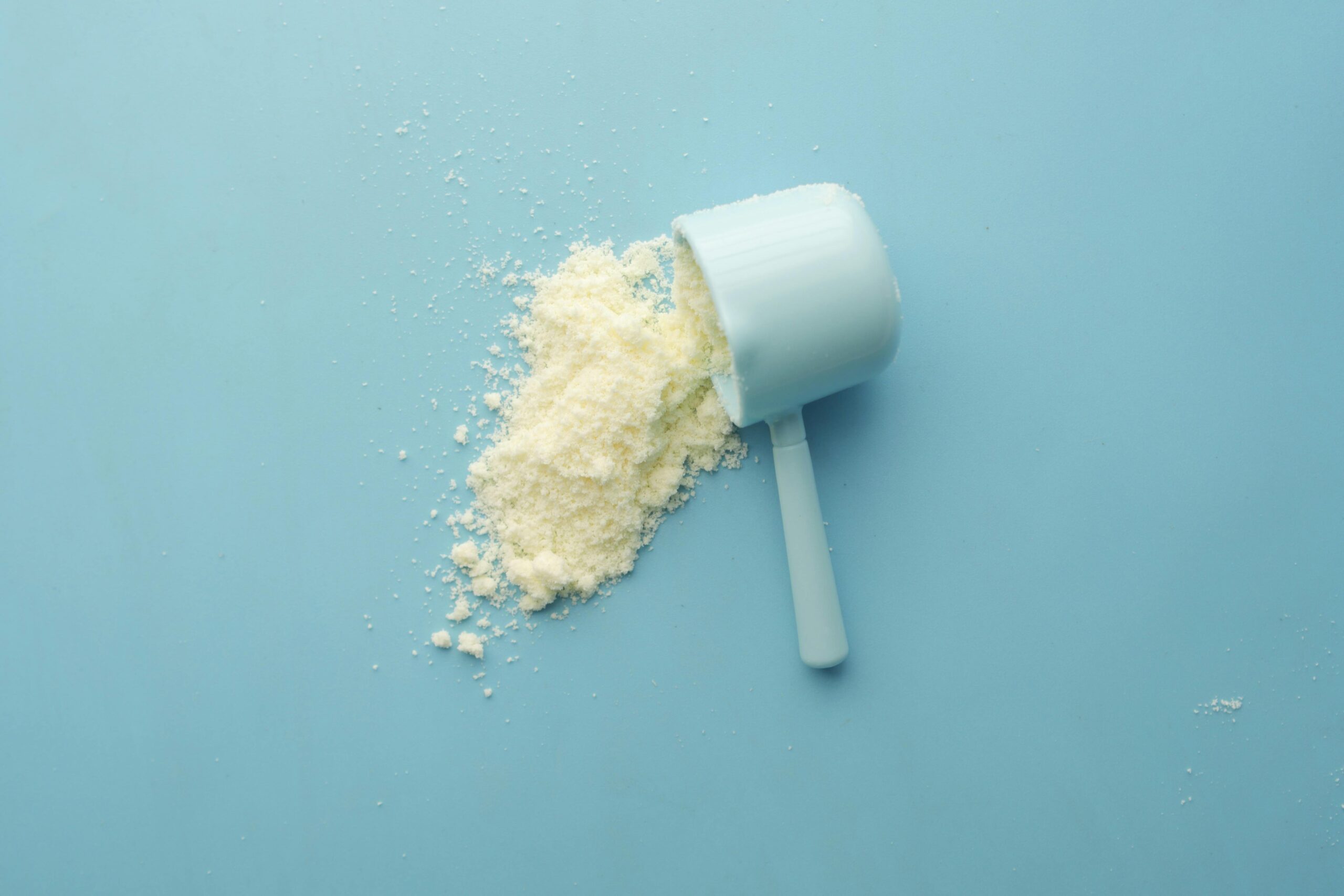Whey Protein 101: Your Guide to This Powerhouse Supplement
If you’ve ever set foot in a gym or wandered the aisles of a health store, you’ve likely seen giant tubs labeled Whey Protein staring back at you. But what is whey protein, and is it just for bodybuilders? Spoiler alert: it’s not. Whether you want to gain muscle, lose weight, or simply give your nutrition a boost, whey protein powder could become your secret weapon.
What is Whey Protein?
Whey protein is a high-quality protein derived from milk during the cheese-making process. When milk is separated into curds (solids) and whey (liquid), that liquid whey is filtered, dried, and transformed into the protein whey supplements we see on shelves today.
It’s considered a complete protein, meaning it contains all nine essential amino acids your body can’t make on its own. It’s also loaded with branched-chain amino acids (BCAAs), especially leucine, which is key for muscle repair and growth.
Types of Whey Protein
If you’ve ever searched for the best whey protein powder, you’ve probably noticed a few varieties:
- Whey Protein Concentrate (WPC) – Around 70–80% protein, with small amounts of carbs and fats. Great for everyday use and balanced nutrition.
- Gold Whey Protein Isolate (WPI) – About 90% protein, with most carbs and fats removed. Perfect for those watching their calorie or carb intake.
- ISO Whey Protein Hydrolysate – Pre-digested for ultra-fast absorption, often used post-workout or for people with sensitive digestion.
Is Whey Protein Good for You?
Short answer: yes, for most people. Whey protein is fast-digesting, supports lean muscle maintenance, and can help keep you full longer — which can be a game-changer for weight loss. It’s also rich in immune-boosting compounds and supports recovery after exercise.
However, if you’re lactose intolerant or allergic to dairy, you may need to choose an isolate or a non-dairy protein option.
How to Use Whey Protein Powder
The beauty of whey protein is its versatility:
- Post-Workout Shake – Blend one scoop with water or milk for muscle recovery.
- Smoothies – Add frozen fruit, spinach, and iso whey protein for a nutrient-packed breakfast.
- Baking – Sneak it into pancakes, muffins, or even cookies for an extra protein punch.
- Oatmeal Boost – Stir into your morning oats for a creamy, filling start to your day.
Tips for Choosing the Best Whey Protein Powder
- Look for short ingredient lists (less filler, more protein).
- Match the type of whey to your goals — concentrate for general health, isolate for low-carb/high-protein needs, hydrolysate for fast recovery.
- Check for third-party testing to ensure quality and safety.
Bottom Line
Whether you’re training for a marathon, trying to build muscle, or just want to support overall wellness, whey protein can be a simple, tasty, and effective addition to your daily routine. From gold whey protein isolate to whey protein concentrate, there’s an option for every lifestyle.
So next time someone asks you, “Is whey protein good for you?” — you can confidently say, Absolutely, and here’s why!


